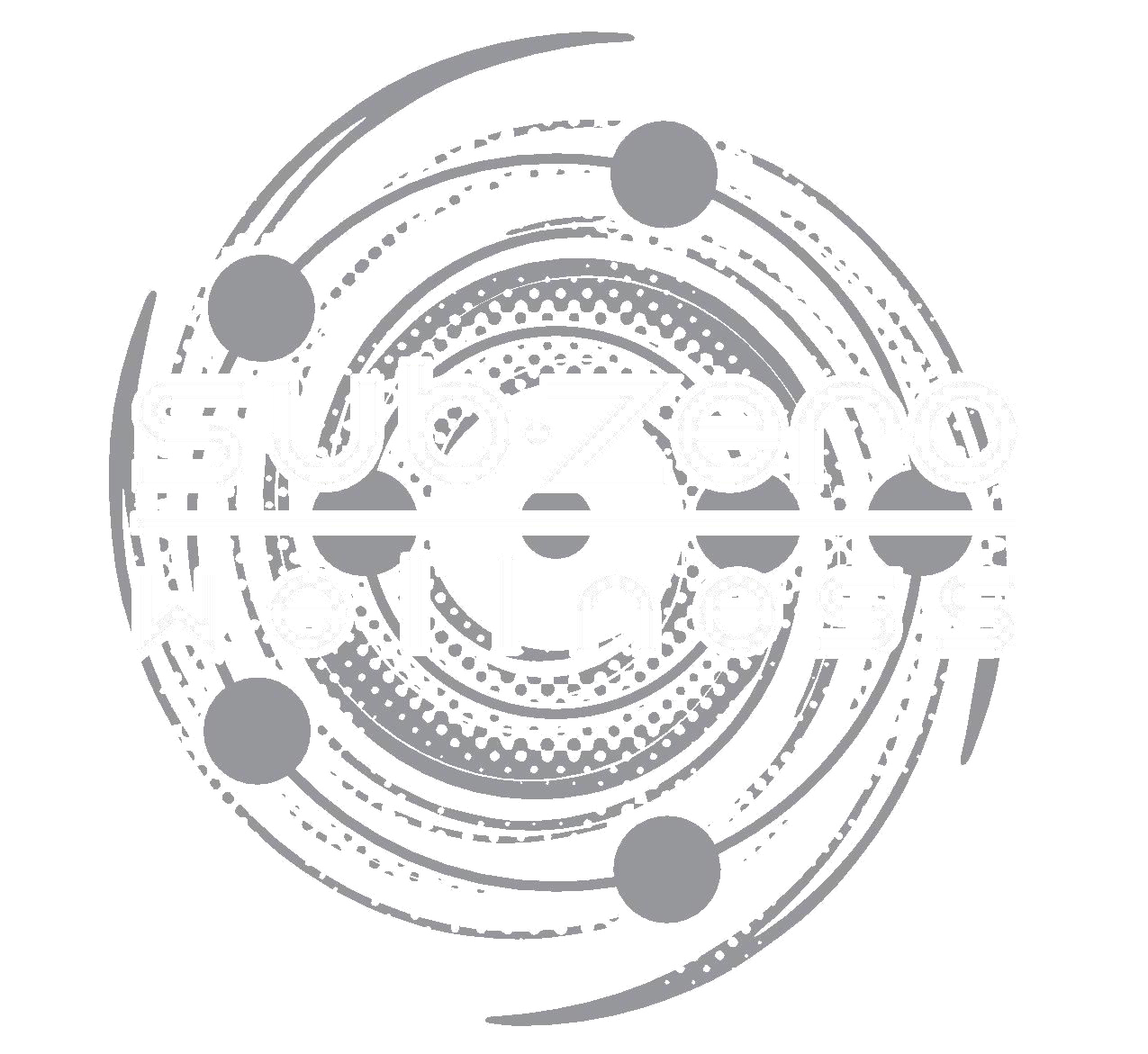Follow Us x
Reduce Inflammation
Near-Infared (NIR) light reduces overall inflammation in the body by decreasing the presence of inflammatory markers. This reduction can help ease the symptoms associated with joint pain, sore muscles, autoimmune diseases, arthritis, traumatic brain injuries, and spinal cord injuries.
Reduce Recovery Time
For high-performance athletes (and those who train like them) LED light therapy can help accelerate muscle repair following fatigue and injury. Mitochondria within cells are particularly responsive to LED light therapy, and muscle cells are exceptionally rich in mitochondria. LED light therapy may also stimulate stem cells, further assisting in muscle recovery.
Stimulate Hair Growth
Alopecia, or hair loss, is a common disorder affecting 50% of males over the age of 40 and 75% of females over 65. Studies ahve shown that LED light therapy can stimulate hair growth. Red light wavelengths are believed to stimulate epidermal stem cells in teh hair follicle, shifting the follicle into the anagen (active growth) stage.
Increase Fertility
Around the age of 30, male testosterone levels naturally start to decrease. Men hoping to achieve a natural boost to their sex drives, sexual satisfaction, fertility, and physical performance can reap benefits from LED light therapy. Red and near-infared wavelengths can stimulate photoreceptor proteins in the testes causing higher testosterone production. Other studies have theorized that low-level light therapy may affect the pineal gland in the brain, which bears a significatn impact on reproduction.
Improve Circulation
In many studies, LED light therapy has been clinically proven to increase the diameter of blood vessels and to improve circulation. What's more, LED light therapy also protects red blood cells against oxidative stress and limits platelet loss during surgical procedures.
Promote Cellular Health
The most significant benefit of LED light therapy is the effect it has on the body's cells. One of the most critical outcomes of LED light therapy on cellular function is the stimulation of collagen production. Collagen strengthens hair, is responsible for the health of connective tissue, and provides our skin with firmness and elasticity.
Reduce Pain
In a clinical study, neuropathic pain caused by a spinal cord injury was dramatically reduced by teh application of red light treatment. Near-infared light wavelengths reduce overall pain by easing joint stiffness and soreness, diminishing inflammation, easing muscle spasms and enhancing blood flow.
Improve Skin Health
LED light therapy can dramatically transform the skin. Red light wavelengths in particular target the mitrochondrial chromophores within skin cells, generating production of collagen proteins. Collagen stimulation yields more holistic and enduring benefits than simply resurfacing the outer layers of the skin. Stem cells may also be activated, increasing tissue repair. The result is accelerated healing and wound repair, improved appearance in hypertrophic scars, a reduction in fine lines and wrinkles, and improved skin texture.
What's the difference between Red (R), Near-Infrared (NIR) and Combo (R/NIR) light configurations?
Our Red Light Therapy has a combination of red and near-infrared (NIR) wavelengths that deliver the benefits of both in the same session, offering the most versatile range of use and efficiency.
Red Light wavelengths (630-700 nm) are an ideal length to penetrate skin cells and sebaceous glands, offering benefits for skin texture and tone, smoothing fine wrinkles, promoting collagen production and generally rejuvenating the appearance of skin.
Near-infrared (NIR) light wavelengths (700-1100 nm) penetrate deeper into the tissue to deliver energy to the body's cells and can pass through bone to assist with healing deep wounds, muscle aches, nerve injury or joint pain.
THE DEFINITIVE GUIDE TO ACCURATELY CHOOSE A RED LIGHT THERAPY DEVICE
https://platinumtherapylights.com/blogs/news/the-definitive-guide-to-accurately-choose-a-red-light-therapy-device
RED LIGHT THERAPY: WHAT IS IT AND HOW DOES IT WORK?
https://platinumtherapylights.com/blogs/news/red-light-therapy-what-is-it-and-how-does-it-work
THE BENEFITS OF RED LIGHT THERAPY: NOURISHING THE BODY AND MIND
https://platinumtherapylights.com/blogs/news/the-benefits-of-red-light-therapy-nourishing-the-body-and-enhancing-well-being

